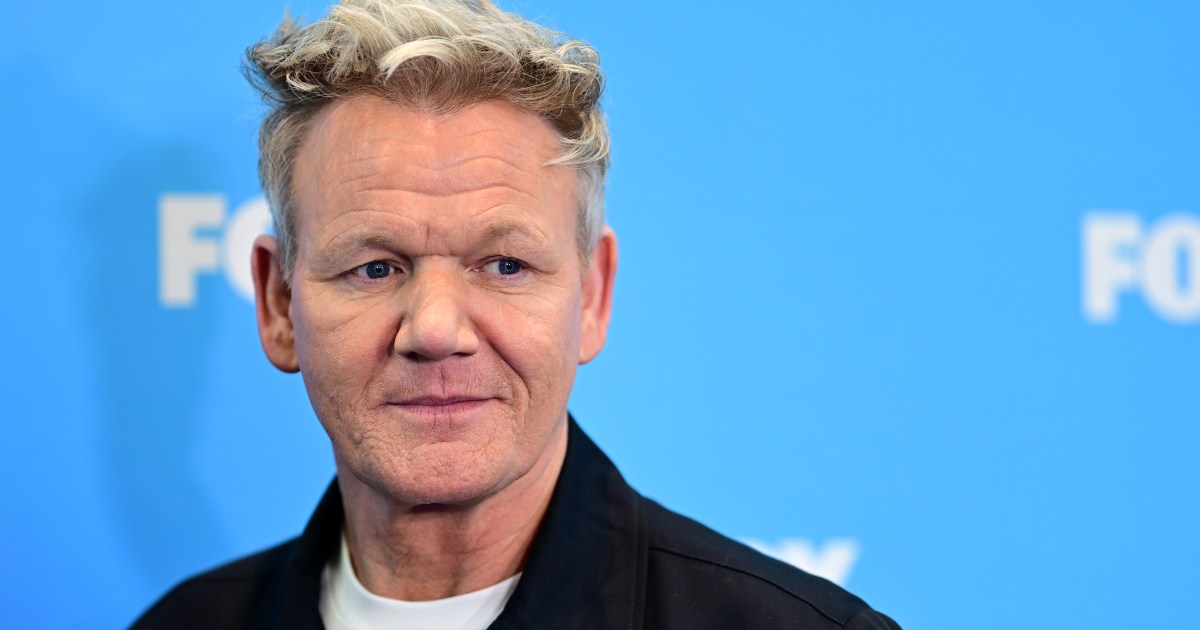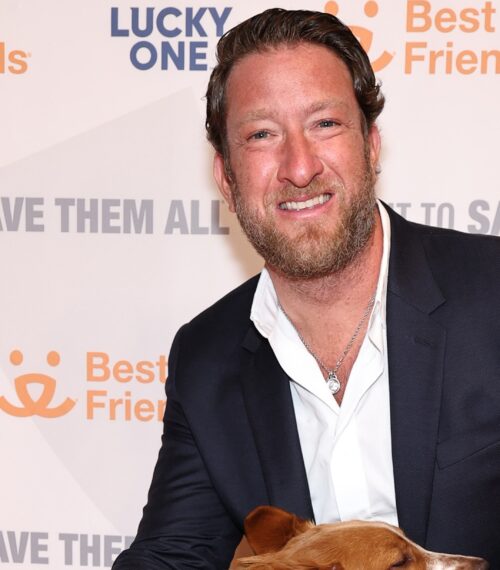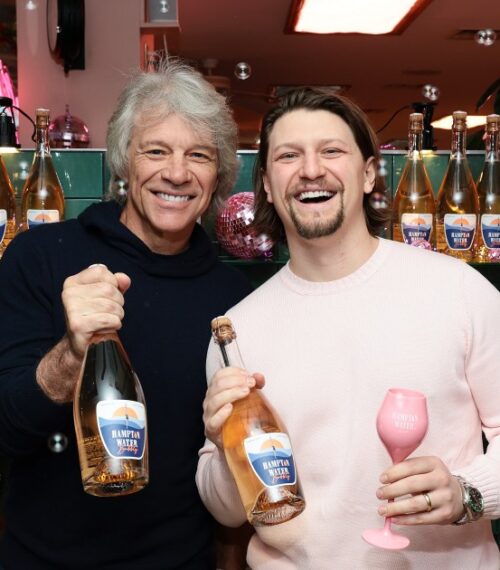Gordon Ramsay isn’t mincing words about the latest dining trend. In a fiery new interview with The Sunday Times, the Michelin-starred chef and TV mainstay dismissed the idea of tailoring menus for diners using weight-loss medications like Ozempic or Mounjaro, calling the notion "absolute bulls***" and insisting his kitchens won’t play along.
Asked whether he’d consider smaller-portion tasting menus designed for guests on GLP-1 drugs, Ramsay shot down the suggestion instantly. "There’s no f*****g way we’re giving in to the Mounjaro jab," he said, arguing that the core issue is moderation, not menu design. He doubled down with another blunt aside: "There’s no way that we’re coming in with an Ozempic tasting menu to make you feel like less of a fat f*** by 10:30 in the evening."
Ramsay Rejects Ozempic-Specific Dining
The comments arrive as parts of the fine-dining world experiment with offerings that accommodate patrons on medications such as Ozempic and Mounjaro, which were developed to treat Type 2 diabetes but have surged in popularity for their weight-loss effects. The drugs mimic hormones that regulate appetite and digestion, often leading users to feel fuller for longer and less inclined toward large, multi-course meals.
One of the most prominent chefs embracing a new approach is Heston Blumenthal. The Fat Duck’s three-Michelin-starred kitchen recently announced The Mindful Experience, a reworked tasting option featuring smaller portions that acknowledge the changing appetites of diners on GLP-1s. Ramsay, however, clearly isn’t interested in following suit. His stance is consistent with the no-nonsense ethos that viewers know well from his long-running TV hits, including Hell’s Kitchen, MasterChef, Gordon Ramsay’s Secret Service, and Next Level Chef.
Beyond the headline-grabbing quotes, Ramsay’s argument is simple: restaurants shouldn’t have to redesign their formats around a pharmaceutical trend. For a chef whose brand is built on precision, consistency, and high standards, the idea of splitting menus into drug-specific tiers runs counter to the experience he wants to deliver — especially in fine dining, where cohesion and pacing are integral to the meal.
What GLP-1s Mean For Restaurants
Ozempic and Mounjaro have evolved into bona fide cultural talking points, impacting everything from fashion to box office snack sales. In restaurants, the effects can be more immediate: some diners eat less, prefer fewer courses, or want takeaway flexibility rather than the traditional arc of a tasting menu. That shift has prompted a handful of chefs to reimagine portioning and pacing to avoid waste and accommodate comfort.
Ramsay’s refusal, though, raises a broader conversation about what hospitality looks like when trends collide with tradition. Adaptation is a hallmark of the industry — vegetarian and vegan menus are now ubiquitous — but GLP-1-specific adjustments are newer territory. Ramsay’s position is that the fundamental dining experience, especially at the fine-dining level, should remain intact rather than calibrated around a medication that may or may not define a guest’s needs.
It’s a classic Ramsay stance: draw a hard line, keep the focus on craft, and let the culinary vision lead. Agree or not, it’s part of the unapologetic persona that’s made him a compelling figure on television and a reliable headline-maker in the culinary world.
Calling Out Influencer Dining Culture
Ramsay’s interview didn’t only target Ozempic menus. He also took aim at the increasingly content-driven dining scene, lamenting the rise of ring lights, flashes, and phone-first table behavior. "F***ing ring lights and posting about how good the food is," he said, adding that American diners are "the worst offenders" for snapping photos with their flash on.
It’s not that he denies the marketing power of social media; Ramsay acknowledged that online buzz can help restaurants gain attention. But he drew a line at turning his dining rooms into production sets. It’s a familiar tension for anyone who’s visited a buzzy spot lately: chefs strive to create a transportive, immersive experience, while guests often want content to match the moment.
Ramsay’s solution is to protect the dining environment and keep the spotlight where he believes it belongs: on the food, the service, and the atmosphere. As a television figure who’s cultivated audiences across platforms, he knows the value of spectacle — he simply doesn’t want it to overwhelm the meal itself.
Inside Ramsay’s Latest Venture
That philosophy extends to Ramsay’s newest fine-dining destination, Bonheur, which recently opened in London’s Mayfair. The chef made it clear that guests shouldn’t expect a TikTok takeover during service. "Bonheur will not be flooded with TikTokers," he said, reinforcing his broader stance on preserving the dining room’s tone.
For a chef who thrives on televised intensity — from Hell’s Kitchen’s exacting standards to Next Level Chef’s high-wire challenges — Bonheur represents the real-world counterpart to what viewers see on screen: meticulous cooking, precision service, and a tightly controlled experience. His resistance to Ozempic-specific menus and influencer disruptions reflects that same throughline.
Ultimately, Ramsay’s comments spotlight a hospitality crossroads. As dining rooms adapt to new health trends and a social-first culture, chefs and restaurateurs are deciding how much to bend and when to hold the line. Ramsay is choosing the latter — and as ever, he’s doing it loudly.















































































































